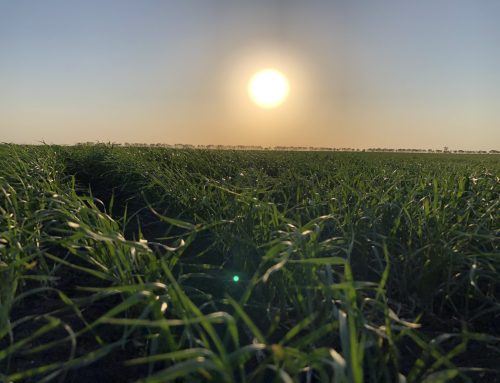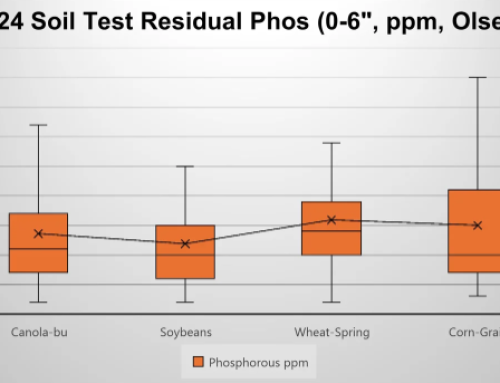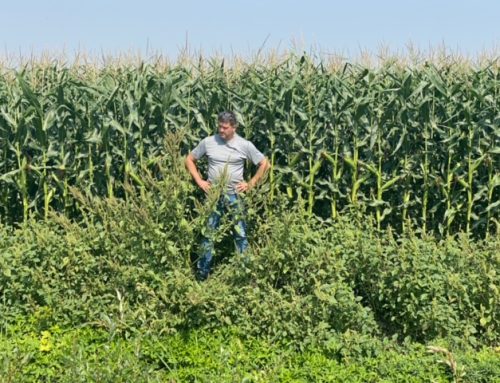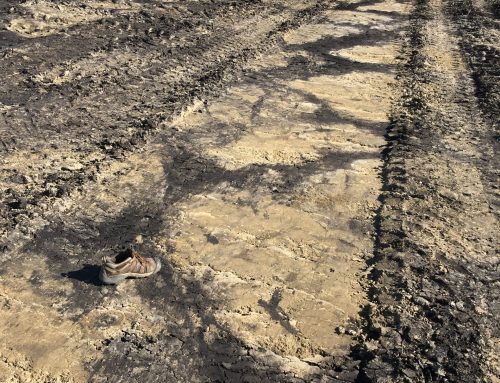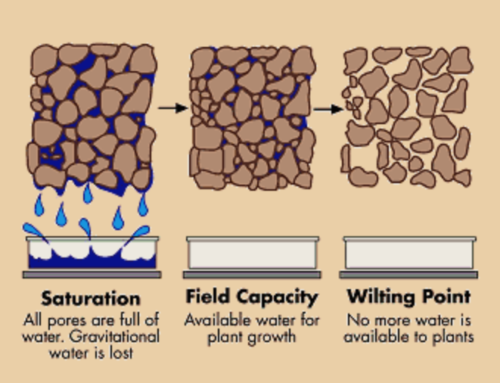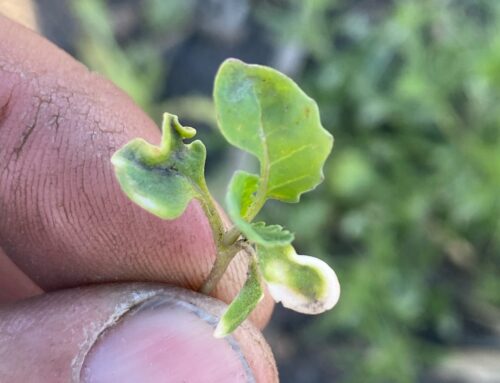I’ve been wanting to write a series on yield mapping for a while now. Better late than never I guess! In this post we will explore the basic inner workings of yield mapping systems in today’s combines. Future posts will cover the importance of calibrating your system, what you can do with the maps and their role in facilitating on-farm trials.
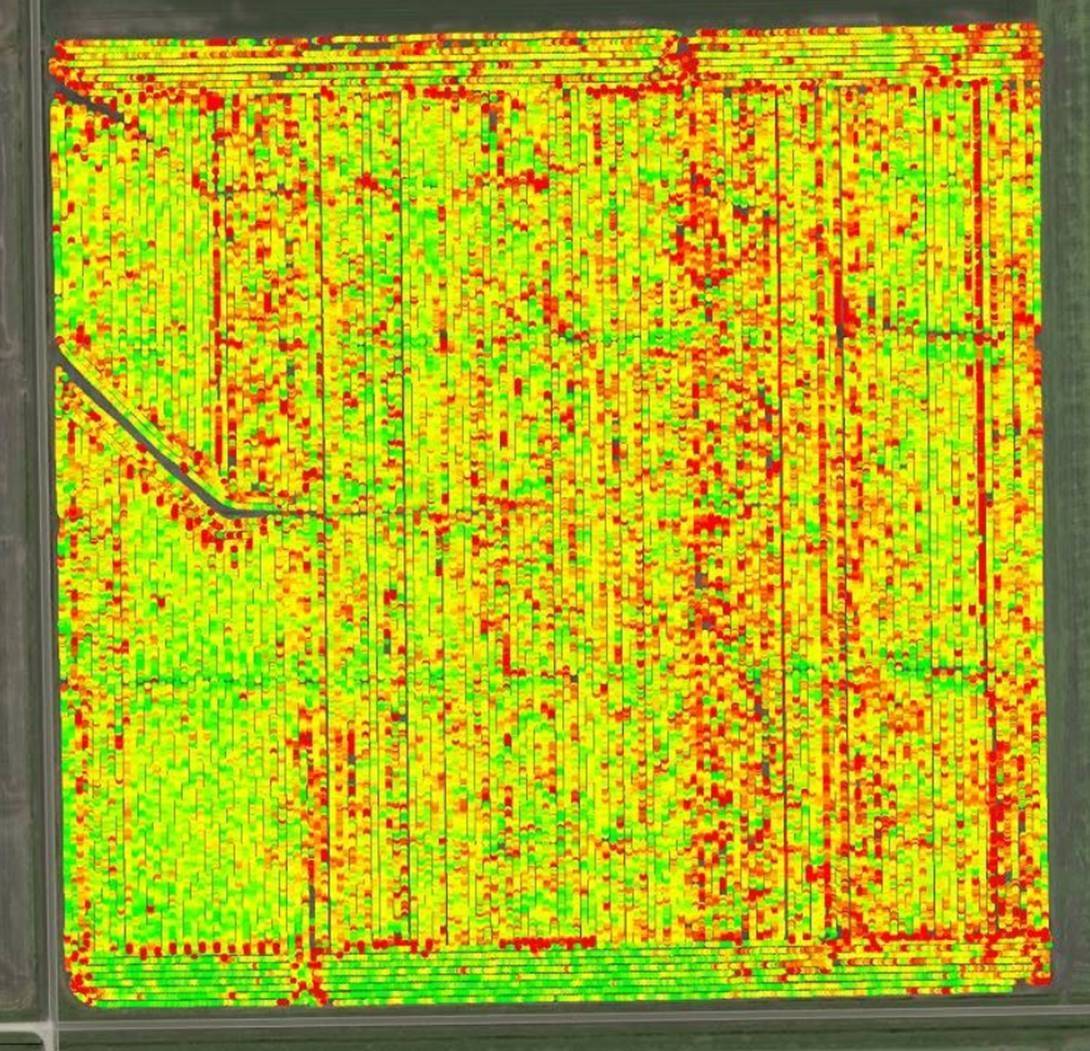
Yield Mapping Components
Yield mapping systems are generally comprised of 3 components: a global positioning system (GPS), a yield sensor and a moisture sensor. Each component plays a vital role, which we will discuss in further detail below.
Yield sensors
Most current yield sensors fall into 2 categories: volumetric (photo sensor) or mass detection (impact plate).
- Volumetric (photo) sensors measure the volume of grain on each individual paddle as it moves up the clean grain elevator. A sensor is placed on each sides of the clean grain elevator measuring the amount of light that passes between them.
- Mass detection (impact plate) sensors work exactly as it sounds – it’s a plate positioned at the top of the clean grain elevator that translates mass (force on the plate) into an electrical signal.
Advantages or disadvantages to either system? Both have been found to operate equally well, however, volumetric sensors can be harder to keep calibrated if the bulk density of the grain being measured is highly variable. Variability in bulk density is not an issue with impact plates as they measure yield by mass.
Moisture sensors
Just as yield varies across a field, so does moisture. Moisture sensors allow us to convert wet yield readings into dry bushels or pounds.
GPS
The GPS sensor is the critical piece that allows a yield reading to be tied to a specific location. It’s one thing to watch the yield bounce around on the monitor, but once you tie a location to that reading, you create a map and start to see patterns of high and low yields emerging in different areas of a field.
With a properly created map, you can now start to use concrete data that will help you make better decisions in the management of your farm. Before we discuss how yield maps can help you in your decision making, we will discuss how to improve the accuracy of your maps in part 2 of our series… the importance of calibrating your combine.
Brunel

